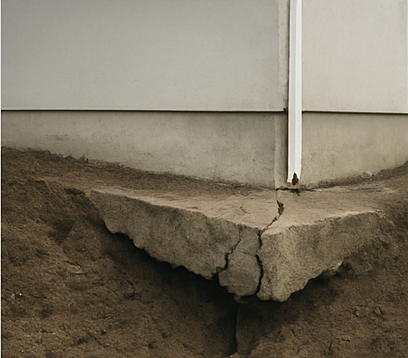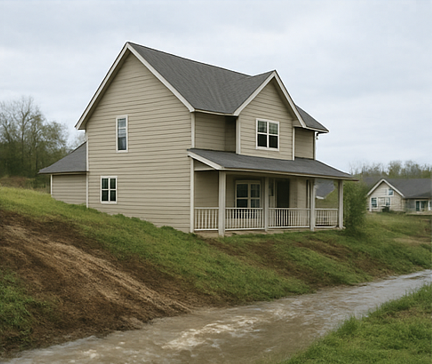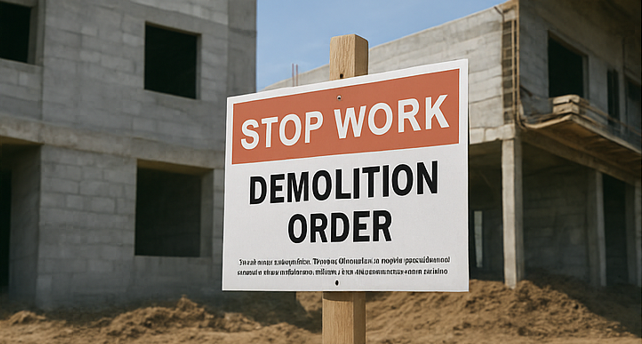Introduction
What is the reason for some construction projects’ failure, even though they have a well-designed architectural design? The answer is that the ignored site analysis was ignored. The backbone of every successful plan is the site analysis, which ensures that the land is safe, secure, suitable, and ideal for construction.
What Is Site Analysis
Site analysis is the method to study the physical, environmental, and legal features of a land before beginning any construction project. It tests soil quality, topography, weather, availability, drainage, and many more. Briefly, it overcomes the chances of failure that can bring unpleasant surprises to your project.
Mistake 1 – Overlooking Soil Condition
The land under your project is the base of a cake—if it’s weak, everything crumbles. Weak soil can lead to split foundations and sinking constructions. A geotechnical survey is essential to ensure that the land can hold the load of the structure.

Mistake 2 – Ignoring Topography
Overlooking natural soil outlines can cause many problems. Imbalanced land without accurate planning can lead to destruction, water overflow problems, and high leveling charges. A proper understanding of topography helps you select the right plan for structures.

Mistake 3 – Placing Buildings Against Wind Flow
Poor alignment interrupts natural air circulation, causing uncomfortable inside spaces and high energy charges.
Mistake 4 – Overlooking Legal and Zoning Guidelines
If you ignore local zoning review laws, then it creates a problem for you. You might finish up construction that violates rules, leading to legal clashes, penalties, or even destruction orders. You should approve your construction design and check the land status first.

Mistake 5 – Failure to Evaluate the Nearby Area
A noisy public road, a polluting factory, or a dangerous neighborhood can significantly decrease property value and livability. Considering the backgrounds ensures that the area aligns with the future use of the site.


